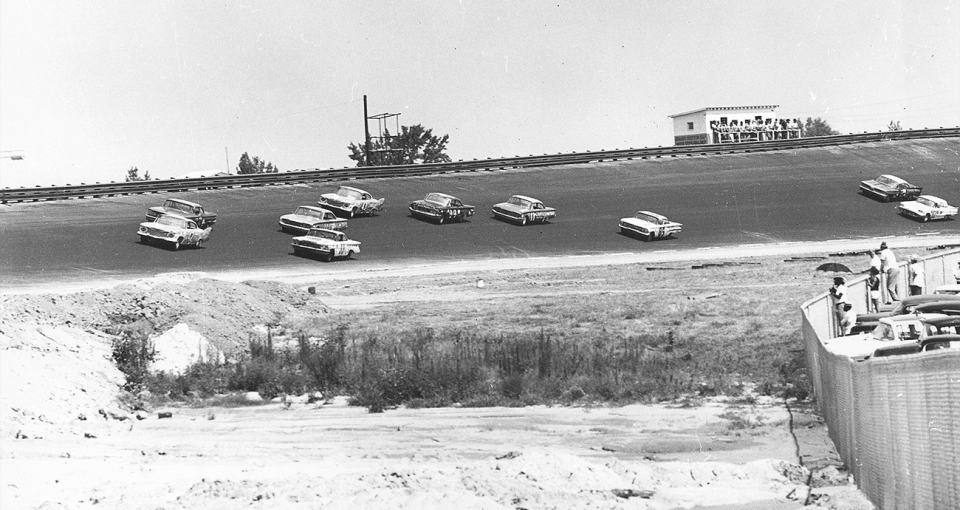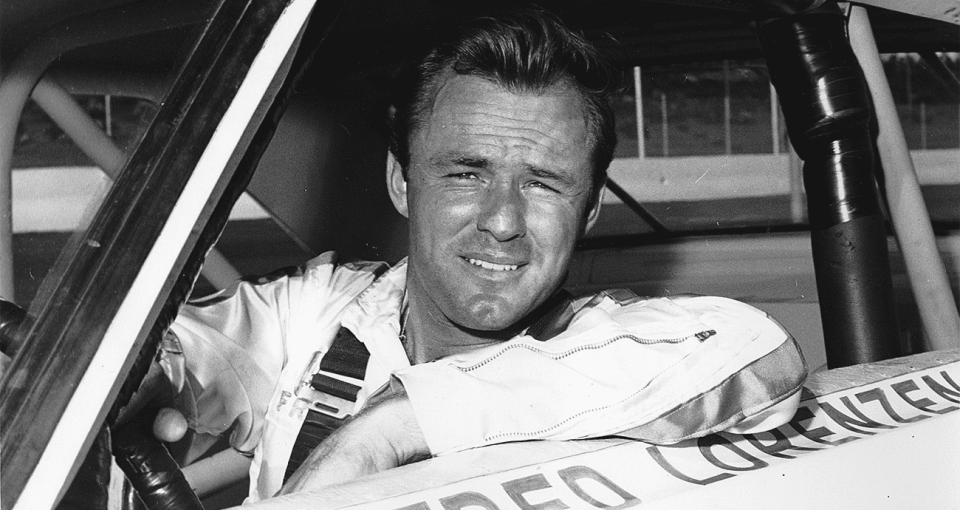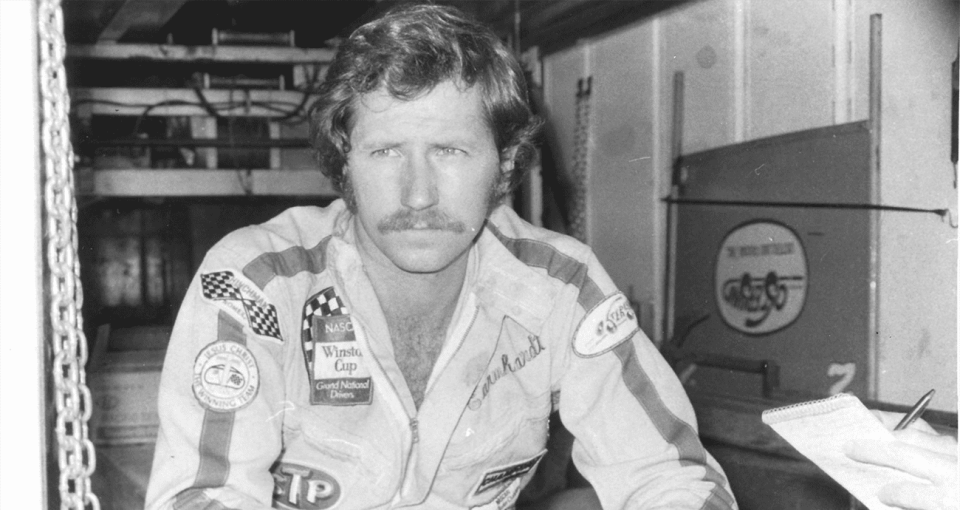NASCAR Classics: Races to watch before Charlotte
Throughout the 2024 NASCAR season, Ken Martin, director of historical content for the sanctioning body, will offer his suggestions on which historical races fans should watch from the NASCAR Classics library in preparation for each upcoming race weekend.
Martin has worked exclusively for NASCAR since 2008 but has been involved with the sport since 1982, overseeing various projects. He has worked in the broadcast booth for hundreds of races, assisting the broadcast team with different tasks. This includes calculating the “points as they run” for the historic 1992 finale, the Hooters 500 at Atlanta Motor Speedway.
The following suggestions are Ken‘s picks to watch before this weekend‘s Coca-Cola 600 at Charlotte Motor Speedway.
The inaugural race at Charlotte Motor Speedway was originally scheduled to run in May of 1960 but various issues with construction of the new facility pushed the race back to June 19th.
The chaotic beginning of the track soon followed once the green flag dropped for the inaugural event. 60 cars started the event in front of over 35,000 fans. From issues with the track holding to multiple drivers being disqualified for cutting through the infield to the pit, issues plagued the day in almost every way possible.
A horrifying crash involving Don O‘Dell and Lenny Page saw O‘Dell‘s car slam into the side of Page‘s car. His car was destroyed and it left Page needing serious assistance. Journalist Chris Economaki came to his rescue and was later credited with saving his life.
Jack Smith seemed to have the race in his full control until a ruptured gas tank ruined his chance at the victory.
Joe Lee Johnson took advantage of Smith‘s misfortune and captured the checkered flag by a whopping four laps over Johnny Beauchamp.
Bobby Johns, Gerald Duke and Buck Baker rounded out the top five.

A handful of legends paced the front of the field at Charlotte in June 1963, as the race came down to a few drips of fuel.
Over half of the 44 starters faced issues throughout the day in a race that turned into a battle of attrition. Some of the drivers who didn‘t see the checkered flag that day included Ned Jarrett, Richard Petty, Buddy Baker, Buck Baker and Ralph Earnhardt.
Junior Johnson and his “Mystery Motor” Chevrolet dominated the race, leading a race-high 289 of 400 laps but couldn‘t hold on for the victory.
Fred Lorenzen took control of the lead and had just enough fuel to sputter across the start/finish line for the race win.
The victory kicked off a hot stretch for the Elmhurst, Illinois driver, as his Charlotte triumph kicked off a stretch where he won five of the 13 races he entered. He also grabbed 10 top-three finishes over the same span.
The first five finishers in the race were later elected to the NASCAR Hall of Fame: Lorenzen, Johnson, Rex White, Joe Weatherly and David Pearson.

The first 12 races of the 1980 Cup Series campaign were full of parity, as a group of future Hall of Fame drivers traded trips to Victory Lane.
Darrell Waltrip led the way with three victories, while Buddy Baker, Richard Petty and the reigning Rookie of the Year Dale Earnhardt won two. Cale Yarborough, David Pearson and Bobby Allison, who won the previous race at Dover, all topped the field once.
Waltrip entered the race at Charlotte looking to become the first driver to win three consecutive World 600 events.
Despite the fact that seven drivers had made the trip to Victory Lane, it was Kannapolis, North Carolina‘s Earnhardt in full control of the season standings.
The budding superstar held a 102-point advantage over Petty and was 215 points up on Waltrip in fifth.
The 600-mile stock-car test at Charlotte looked to be another race that would fall into the lap of one of the previous winners in 1980, as they had combined to win 16 of the previous 18 races at the track.
Qualifying again pointed to it being one of those seven that would be victorious at the end of the marathon, as they qualified in seven of the first nine positions.
Coincidentally, one driver was an outlier in both of the aforementioned statistics. Benny Parsons captured the October 1977 race at the track and also qualified his No. 27 car in sixth for the race.
The series’ theme of being wide open continued, with outstanding racing accounting for 47 lead changes. Unfortunately, heavy rain slowed the race a handful of times, but that didn‘t turn the crowd away from seeing a late-race battle between Waltrip and Parsons.
The two drivers traded the lead back and forth multiple times over the final 126 laps before Parsons took command of the final two en route to Victory Lane for the first time in 1980.
Earnhardt led 105 laps but was involved in a multi-car incident that left him with a 20th-place finish. His crew chief, veteran Jake Elder, left the team following the race. The team put 20-year-old Doug Richert in charge and the new combination paid off, as the No. 2 team captured the championship at the end of the season.

You can watch these three races and hundreds more by visiting NASCAR Classics.


